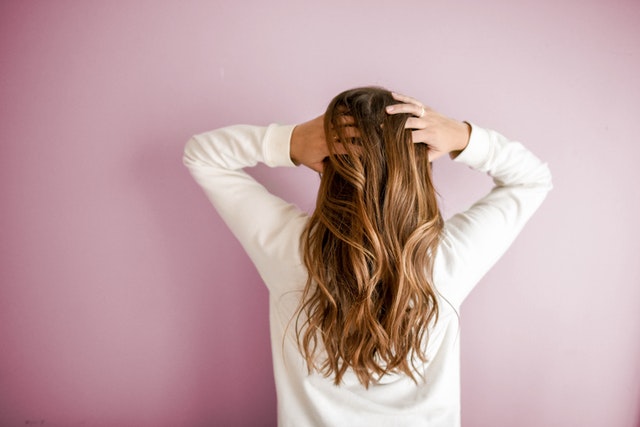
Teenage girls and their never-ending hair problems. As a teenager, how do you deal with these problems? In case you’re new to such hair-related troubles, here are a few tips that can help you take better care of your hair.
#1 Dealing with Dry Hair
Inactive oil glands lead to the dryness you see in your hair. It’s the same thing that makes your skin dry as well. Washing your hair thoroughly once every two or three days is a good measure against dry hair. Your choice of shampoo is also crucial here. Opt for the ones that offer moisture and hydration to your hair.
Avoid using any sort of heat therapy on your hair if it’s dry. The heat can worsen the situation and cause further damage to your hair. Bleaching and some hair colors can also lead to further dryness. You should mainly stay away from hair products that contain peroxides.
Lastly, you must stay away from direct contact with the sun. Sunlight can strip away the moisture in your hair, making it dry and rough. Chlorine has a similar effect on your hair, something you should know before jumping into a swimming pool.
#2 Explore Your Blowout Options
Visit a salon and talk to a stylist about blowouts before getting one. Their expert eyes can easily suggest what type of hairstyle and blowout will suit you best.
Also, explore your blowout options, but don’t feel overwhelmed by the choices. Primp and Blow, a blow-dry bar in North Scottsdale, AZ, offers four different choices for blowouts, each with its specialty. However, they don’t let their clients feel overwhelmed by these choices.
Instead, they present a vivid description of what to expect from each blowout, which one will suit them best, and why. So try to find a similar service, because that way you’ll know what to sign up for.
#3 Dealing with Oily Hair
Oily hair exists because of an oily scalp. So, to deal with oily hair, you’ll have to focus your attention on your scalp.
Rinsing your hair and scalp twice a day can help remove the oiliness. Lathering is important here, especially if you’re staying outdoors or coming in contact with dust and dirt. Leave the shampoo on your head for at least five minutes before washing it off. That allows the shampoo to latch onto the oils and then expel them as you rinse.
In case you have to use a conditioner, use it on the ends only. Remember, conditioners are technically oils. So, using them on your hair roots or scalp will prove to be counter-productive.
You can also apply a bit of talcum powder on your hair roots to deal with the oiliness. However, know that it is just a quick fix that has no long-term effects.
#4 Dealing with Tangled Hair
Using a good conditioner can help with tangled hair. Before washing it off, make sure you untangle the hair as much as you can.
Avoid excessive brushing. Many teens tend to do so and end up tearing through their beautiful hair. Instead, be gentle with the comb. Only use wide-toothed combs so that the teeth don’t try to pull through your tangled hair.
#5 Dealing with Split Ends
Heat-straightening and excessive brushing are two common causes of split ends in teenagers. The heat forces the hair ends to split and crack. On the other hand, brushing can tear through the ends, especially when the hair is dry.
Avoiding these two things can help you deal with split ends. However, that won’t repair the ends that have already met their fate. You can always trim your hair up to a certain length in such situations.
One way to avoid split ends is by keeping your hair somewhat short or medium length. Regular haircuts will help you achieve that. Haircuts also allow healthier hair follicles to grow and replace the damaged ones.
#6 Don’t Color Your Hair by Yourself
Most teenagers will find affordable hair coloring kits and try to dye their hair by themselves. Of course, since you aren’t a professional, it’s likely to backfire. Besides, you are unlikely to know what type of colors or chemicals are bad for your hair.
Therefore, you should leave the coloring to a hairstylist. It’ll cost you more money, but it’s the safest way to color your hair.
While many of these tips will help you sort out your problems by yourself, don’t hesitate to take expert advice if necessary.
Hey welcome to my blog . I am a modern women who love to share any tips on lifestyle, health, travel. Hope you join me in this journey!

Speak Your Mind